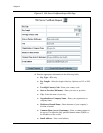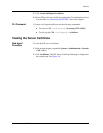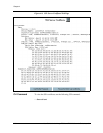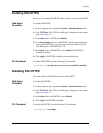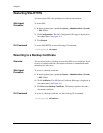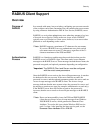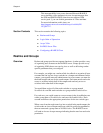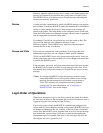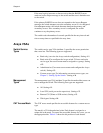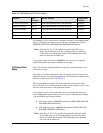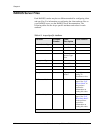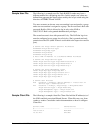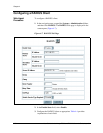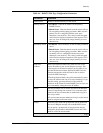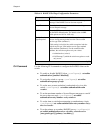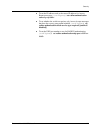
4-22 User Guide for the Avaya P580 and P882 Multiservice Switches, v6.1
Chapter 4
If the user login is incorrect or does not exist, then the RADIUS server
sends an Access-Reject message to the switch and the user is denied access
to the switch.
If the primary RADIUS server does not respond to the Access-Request
message, the switch attempts to use the secondary server if it is configured.
On subsequent retries, the switch alternates between the primary and
secondary servers. If no secondary server is configured, the switch
continues to try the primary server.
The switch waits the number of seconds specified in the retry interval and
tries as many times as specified in the retry time.
Avaya VSAs
Switch Service
Types
The switch service type VSA (attribute 1) specifies the access permission
that a user has. The following types are supported:
■ Read-only (can view the Avaya switch configuration). Setting of 1.
■ Read-write (Can configure the Avaya switch. To have read-write
service type, the user account must be assigned to a group.) Setting
of 2.
■ Administrative (Can create user accounts and configure the Avaya
switch). Setting of 3.
■ Custom access type. For information on custom access types, see
Chapter 2, “Setting Up the Switch.” Setting of 4.
Management
Types
The management type VSA (attribute 2) specifies the method that a user can
use to manage the switch. The following four types are supported:
■ All. Setting of 1.
■ Local CLI (serial port on the supervisor). Setting of 2.
■ Remote CLI (Telnet or SSH session). Setting of 3.
■ Web Agent. Setting of 4.
CAT Access Mask The CAT access mask specifies the accessible features for a custom access
type.
The mask is a 32-bit hexadecimal value. Each feature is assigned to a
unique bit in the mask. To control the accessible features for a user, you set
the appropriate bits. Table 4-2 shows the bit position of each feature.



